Chasing the Cosmos: The Ultimate Guide to Astrotourism
What is Astrotourism?
Astrotourism — the art of exploring destinations specifically chosen for their dark skies and celestial viewing opportunities — is more than just a trend. It's a profound way to connect with the natural world while expanding your knowledge of astronomy and our place within the cosmos.
Combining the wonder of natural experiences with instruction by experts, astrotourism creates meaningful journeys that leave us with a deeper appreciation of our universe. Whether you're watching the dance of the northern lights in Norway or attending a “star party” at a world-class observatory in Texas, astrotourism offers experiences that expand your horizons.
Too often, our technology-centered lives can leave us feeling more connected globally yet more disconnected personally, and looking up at the stars offers a rare opportunity to experience genuine connection — with the natural world, with human history, with other learners and with something greater than ourselves.
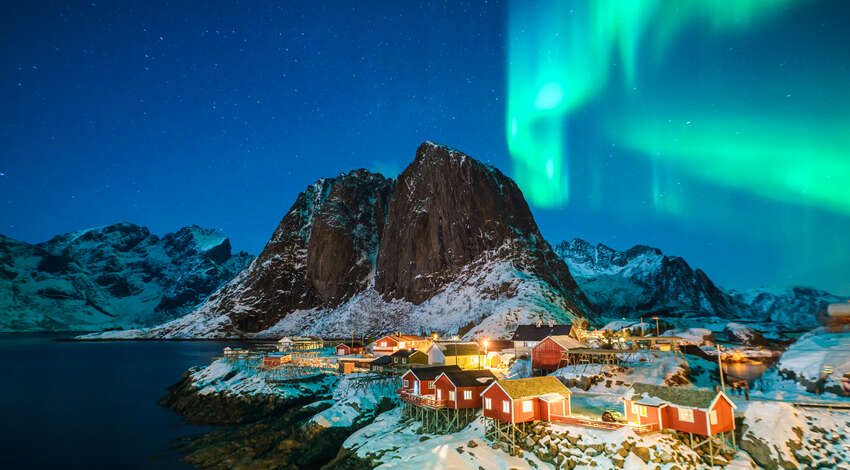
Lofoten, Norway
Why Astrotourism is Experiencing a Boom
It’s really not surprising that there has been such an increase in the popularity of astrotourism in recent years:
- Dark Sky Preservation: The International Dark-Sky Association has certified numerous parks, reserves and communities worldwide, creating designated areas where light pollution is minimized and star visibility is maximized.
- Educational Exploration: More people are seeking enriching, knowledge-based experiences, making astronomy-focused programs particularly appealing.
- Social Media Influence: Stunning astrophotography shared across platforms has sparked interest in experiencing these celestial wonders firsthand.
- Escape from Light Pollution: As urban areas grow brighter, the opportunity to experience truly dark skies has become increasingly rare and valuable — one reason why protected natural areas like national parks are so vital.
- Wellness Benefits: Research suggests that stargazing provides therapeutic benefits, including stress reduction, perspective-shifting and fostering a sense of awe that can improve overall well-being.
- Seeking Deeper Connection: In our increasingly divided and digital world, many are searching for experiences that foster authentic connection and shared wonder — the night sky and natural spaces certainly check those boxes.
The Unifying Power of the Night Sky
But why exactly is astrotourism so wildly compelling? Perhaps it’s its ability to connect us across multiple dimensions — including our ancestral past. When we look up at the night sky, we're seeing the same celestial panorama that our ancestors witnessed thousands of years ago. What an incredible, direct, tangible link to human history!
The same stars that guided Polynesian navigators across the Pacific still shine above us. The constellations that inspired ancient myths, divination and religious beliefs remain largely unchanged. The celestial cycles that determined agricultural calendars for early civilizations continue in a similar timeless rhythm.
Standing beneath a star-filled sky, we experience a rare reminder that despite vast technological changes, we share fundamental natural, unchanging experiences with those who came before us.
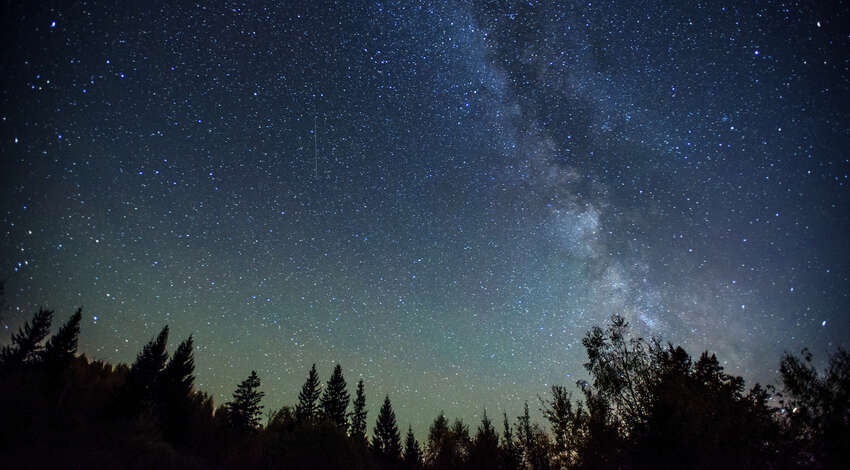
The Milky Way Galaxy
Connection to the Natural World
It is not news to us that, despite our efforts to spend time in natural spaces, most of our experiences are mediated through screens. But the night sky offers something increasingly precious — an encounter with nature that remains wild, unfiltered and authentic. Stargazing requires stepping away from artificial light, taking a break from technology, and calling on presence, patience and attentiveness.
Connection with Community
There is something uniquely communal about shared astronomical experiences — the moment when auroral colors intensify across a polar sky or the communal excitement as a meteor shower streaks overhead. These experiences draw us deeper into ourselves and, at the same time, deepen connections between us. Not surprisingly, people who witness such events often report that these shared moments of wonder create communities out of strangers and connections that transcend typical travel experiences.
Internal Connection and Perspective
Perhaps the most profound draw of astrotourism is the shift it can cause in our own internal perspectives. Just after a few moments, you’ll notice that the vastness of space tends to put our earthly problems into proportion and witnessing the scale of the universe often evokes feelings of awe that research shows can reduce stress and increase well-being.
The night sky offers a rare point of unity — a reminder that regardless of our differences, we all share one planet beneath the same stars.
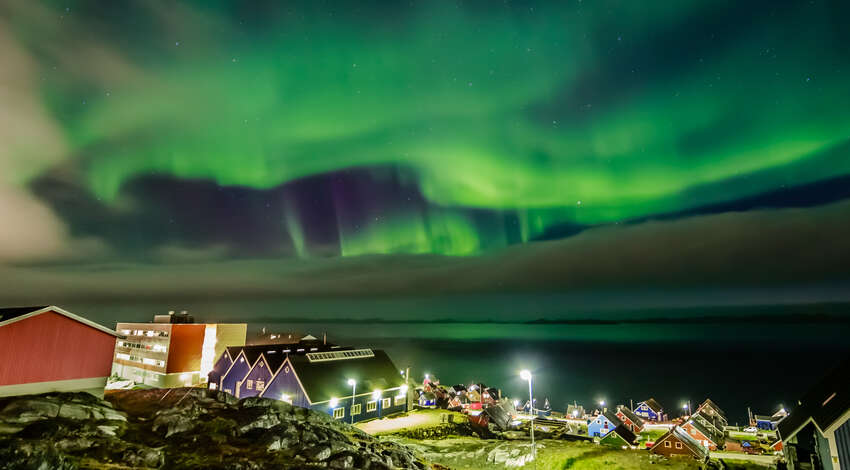
Nuuk, Greenland
Prime Destinations for Stellar Views
United States
- Big Bend National Park & Terlingua, Texas
Awarded the prestigious "Dark Night Skies Award," Terlingua claims the darkest night skies in the lower 48 states. Participants are treated to unobstructed views of the Milky Way, shooting stars and countless constellations. The remoteness of this desert region ensures minimal light interference and creates an environment where participants naturally come together in shared observation.
- Grand Canyon, Arizona
The Grand Canyon's high elevation and remote location create ideal conditions for stargazing. During the annual Grand Canyon Star Party, the park transforms into an astronomy paradise with dozens of telescopes and expert astronomers at the ready. The juxtaposition of Earth's geological wonder with the cosmic wonders above creates a particularly powerful experience of connection.
- McDonald Observatory, Texas
Located in the Davis Mountains, this world-class research facility offers unforgettable star parties where participants gather in an outdoor amphitheater as astronomers lead them through the night sky. The experience includes both naked-eye observation and viewing through various telescopes, combining scientific insight with communal discovery.
- Acadia National Park, Maine
As the first International Dark Sky Park in the Northeast, Acadia offers exceptional stargazing opportunities. The park hosts regular astronomy programs in which to learn about constellations while experiencing the pristine darkness that makes this coastal landscape so special.
International Locations
- Churchill, Manitoba, Canada
This remote northern outpost is renowned as one of the world's premier locations for viewing the aurora borealis. Churchill's position beneath the auroral oval — the region with the highest concentration of northern lights activity — makes it an astrotourism dream location.
- Arctic Circle & Coastal Norway
Norway's dramatic coastline offers unique astronomical phenomena unavailable anywhere else. The contrast between fjords and starry skies creates unforgettable viewing opportunities, while the country's northernmost regions provide ideal conditions for witnessing the northern lights weaving across the winter sky.
- Atacama Desert, Chile
Often cited as the driest non-polar desert on Earth, the Atacama's high altitude, minimal cloud cover and lack of light pollution make it one of the world's premier stargazing locations. Several major observatories call this region home.
- NamibRand Nature Reserve, Namibia
This gold-tier dark sky reserve offers some of Africa's most spectacular night views. The contrast between the desert landscape and the brilliant stars above creates an otherworldly experience.
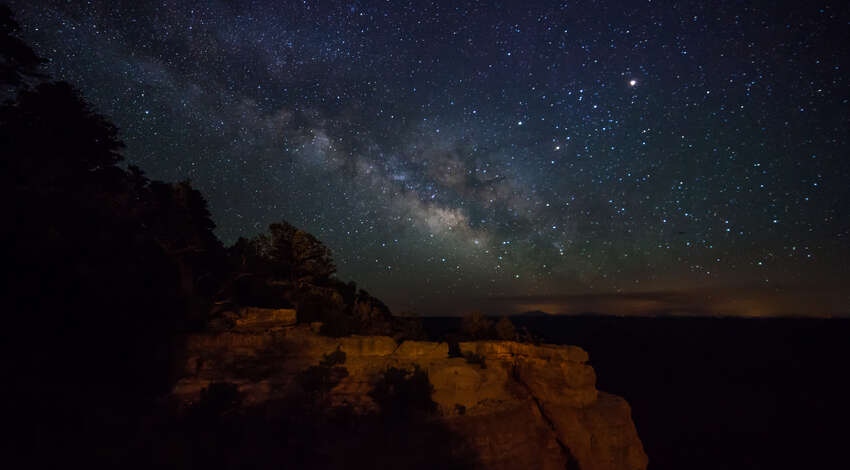
Grand Canyon National Park, Arizona
Types of Celestial Experiences
- Star Parties and Observatory Experiences
Organized events like the Grand Canyon Star Party provide educational and awe-inspiring introductions to astronomy. With access to over 40 high-powered telescopes and guidance from professional astronomers, participants discover celestial wonders typically invisible to the naked eye.
- Northern Lights Expeditions
Regions like Churchill, Manitoba and coastal Norway are optimal locations to witness the aurora borealis. Programs to these areas can include photography instruction and always offer scientific explanations and education around this atmospheric phenomenon. Of course, the shared anticipation and wonder when the lights appear creates lasting bonds among participants.
How to Plan Your Stargazing Adventure
Before you go:
- Consult a lunar calendar: Plan your program, if you can, during the new moon phase when skies are darkest.
- Check weather patterns: Clear skies are essential for optimal viewing.
- Research light pollution maps: Choose destinations with minimal artificial light.
- Consider elevation: Higher altitudes often provide clearer viewing conditions.
What to Bring:
- Red flashlight: Preserves night vision while allowing you to navigate safely
- Binoculars: A good starting point before investing in telescope equipment
- Warm clothing: Even desert locations can become quite cold at night
- Star chart or astronomy app: Helps identify what you're seeing
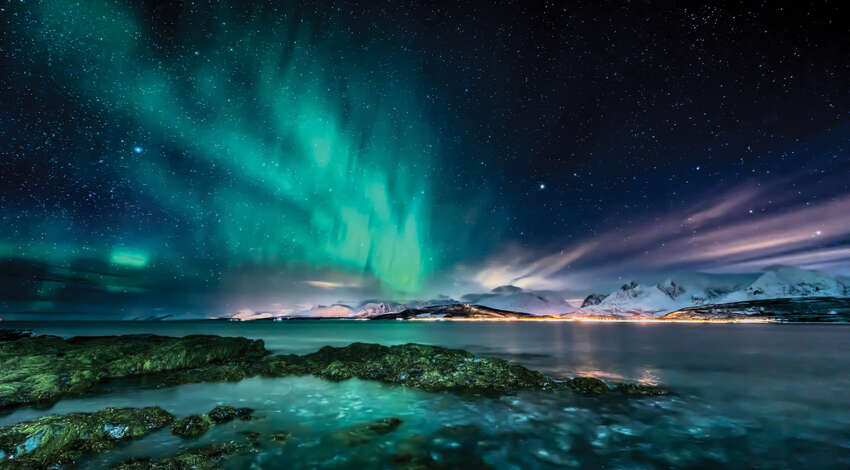
Tromsø, Norway
Why Astrotourism Matters
Beyond the simple pleasure of witnessing beautiful night skies, astrotourism serves a greater purpose. By directing dollars toward dark sky preservation efforts, we can help combat light pollution and preserve natural spaces (and darkness) for future generations. Each person who discovers the wonder of truly dark skies becomes an advocate for their protection.
Whether you're watching the aurora borealis paint the Arctic sky, counting shooting stars at the Grand Canyon or exploring the cosmos through powerful telescopes along the Texas border, these cosmic encounters leave an indelible impression. The universe awaits — and in discovering it, we may also rediscover our connections to nature, to history, to each other and to ourselves.
Ready to explore the night skies and connect with something greater? Check out our collection of astronomy-focused educational adventures. How are you connecting to the night sky? Join the conversation — and the community — in our Outdoors Club on Facebook.

